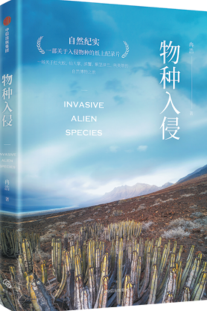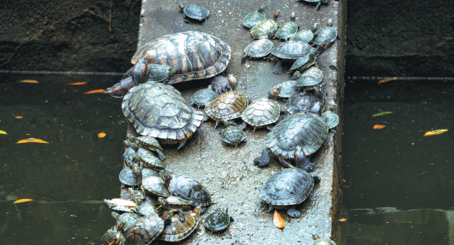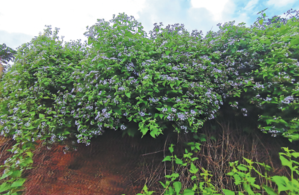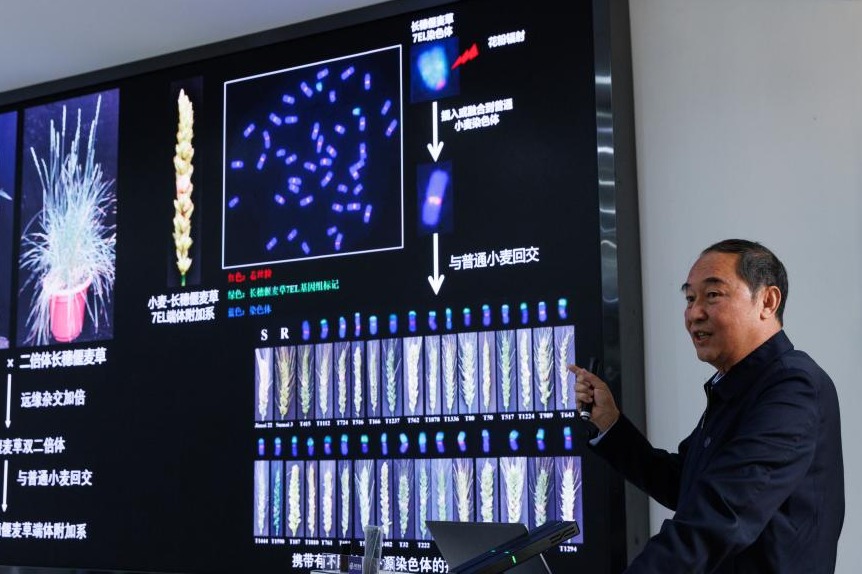Invasive species threat puts crayfish on menu for attention

A scorching summer evening and people gather at roadside restaurants, order spicy crayfish and bottles of ice-cold beer, enjoying their meal and a good time with friends. Delicious crayfish is a popular dish in China, as it is in many countries, but people may not realize that it is actually an invasive alien species that can threaten aquatic animals and plants.
Some have proposed that the crayfish should be treated as a food resource, and that the population should be controlled through continuous and profitable harvesting. But ensuring their captivity can prove difficult. When they break the confines of their captivity, their inevitable spread can trigger wider problems.
The story is recounted in Invasive Alien Species, a recently published science book written by scholar and author Ran Hao. Ran is adept at writing books that popularize science and has won Wenjin Book Award, one of China's top prizes, twice for his two books Fantastic Ants: Wonder of Evolution and Animal Groups.
According to Ran, in recent years, the phenomenon of invasive alien species has attracted greater attention, since it is increasingly difficult to ignore. He started to pay attention to the phenomenon when he was a student, and published an article focusing on the issue online in 2004. He hoped to find a book that elaborated on the issue, but wasn't able to find one that satisfied his curiosity. As a result, he decided to write one himself.
In the book, Ran discusses nine topics related to invasive alien species with vivid examples, including the rapid outbreak of red imported fire ants, the idea of introducing red swamp crayfish as a resource — and the industrial and market problems during the process — and the result of people releasing pet red-eared turtles into the wild.
Xu Yijuan, a professor at the South China Agricultural University, says: "The invasion of alien species is an important cause of the loss of biodiversity. Since the 1990s, limiting invasive species has become an issue of consensus for the protection of biodiversity.
"The author combines the ecological realities in China with his own perspective to show his observation and reflection on the ecological phenomenon of biological invasion, which is worth reading."
Ran says that invasive alien species introduced through human activity are a major driving force in the continuing decline of contemporary biodiversity, and the list of such species is growing longer. The biosphere of the planet we live in is becoming increasingly fragile and homogenous.
"These changes start with people, and will eventually come back to each of us in varying degrees. We should at least be aware of what is happening now in order to be able to respond appropriately," he adds.



Today's Top News
- Effective use of investment emphasized
- China's shuttle diplomacy strives to reach ceasefire
- Nanjing Museum's handling of donated art, relics being probed
- Key role of central SOEs emphasized
- New travel program hailed as 'milestone'
- Animated films top draw at box office






























